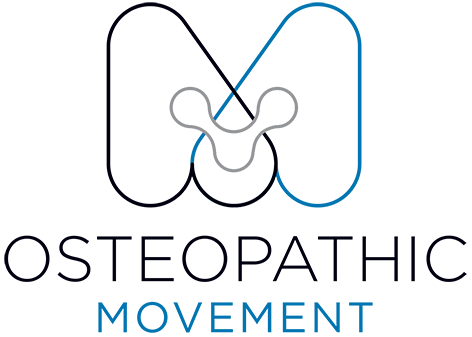Should You Rest After An Injury?
Should You Rest After an Injury? The Evidence Says: Not Always.
For decades, the standard advice after a musculoskeletal injury was simple — rest. After all, the “R” in R.I.C.E. stands for rest, right?
But modern research is challenging that long-held belief. While rest can help with some acute injuries, complete rest is now considered outdated and, in many cases, counterproductive.
Why the Old “Rest and Wait” Approach Is Outdated
Historically, healthcare practitioners leaned toward rest because there wasn’t enough research to guide safe activity levels after injury. The Hippocratic principle of “first, do no harm” led many to play it safe — recommending bed rest or complete immobilisation.
While this approach might reduce pain initially, we now know that prolonged rest can slow healing and even cause long-term adverse effects such as:
Muscle atrophy (loss of strength and size)
Poor scar tissue formation
Reduced blood flow and nutrient delivery to the injured tissue
In short: rest can relieve symptoms temporarily but delay recovery functionally.
Understanding Relative Rest vs. Absolute Rest
In most cases, your body recovers best through movement, not immobility.
Absolute rest means complete inactivity — no use of the injured area at all.
Relative rest means continuing to move in a modified, pain-free way.
Your osteopath can prescribe modified exercises that maintain mobility and circulation while protecting the injured tissue. For example, substituting walking instead of running or partial weight-bearing instead of full loading.
This approach helps maintain your body’s function and accelerates the healing process.
Example: Ankle Sprains
A well-studied case for this shift in thinking is acute ankle sprains.
Previously, the go-to advice was to rest, ice, and immobilise.
However, new research (Vuurberg et al., 2018) shows that early mobilisation — moving the joint as soon as pain allows — leads to:
Faster recovery times
Better long-term stability
Less muscle wastage
Improved joint function
In fact, prolonged immobilisation is now strongly discouraged. Starting gentle walking or range-of-motion exercises early is key to better outcomes.
Chronic Injuries Need Movement, Too
For chronic conditions such as low back pain or osteoarthritis, rest is even less beneficial. These conditions often involve poor movement patterns, muscle weakness, or joint stiffness — all of which worsen with inactivity.
In these cases, osteopathic treatment and exercise therapy can:
Improve circulation and tissue healing
Enhance joint mobility
Reduce pain through graded load and movement
Restore confidence and function
The Takeaway: Movement Heals
Rest has its place, but only in the short term for certain acute injuries. For most others, functional rehabilitation and graded exercise are far more effective.
Your osteopath can assess your injury, guide you through the right amount of movement, and create a tailored plan to promote optimal recovery.
What Now?
If you’ve recently sustained an injury or are unsure whether you should rest or keep moving, our experienced South Yarra osteopaths at Osteopathic Movement can help. We offer evidence-based injury management and rehabilitation in our Osteopathic Movement wellness centre. Book your appointment online today to get back to moving confidently and safely.
Written by Dr Dayne Sweres (B.AppSci (CompMed), M.Osteo) – Founder, Osteopathic Movement, South Yarra.
